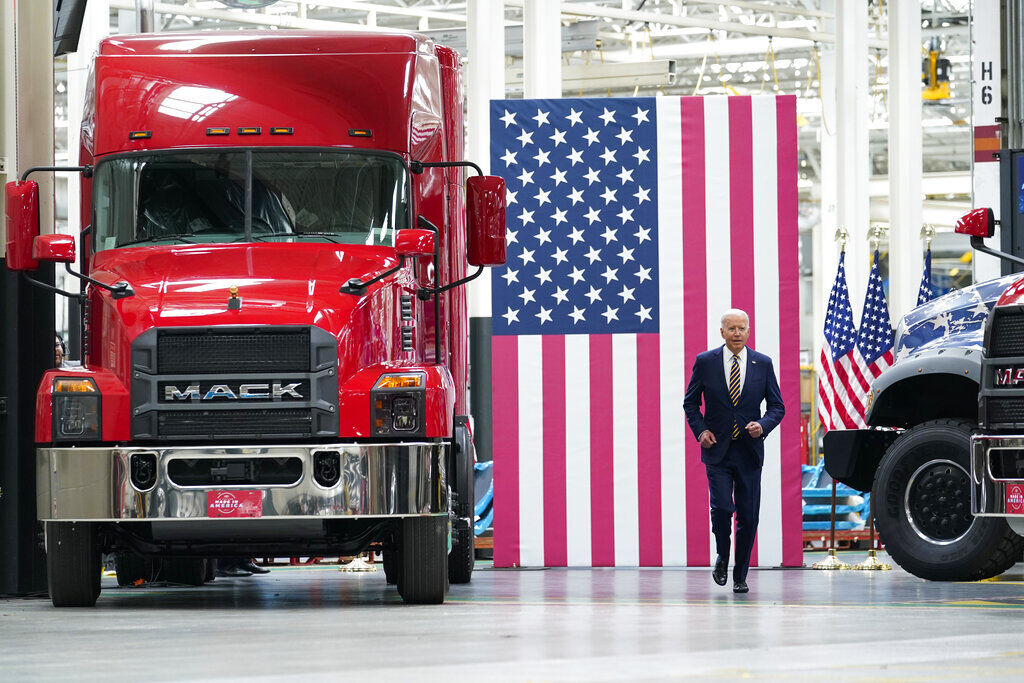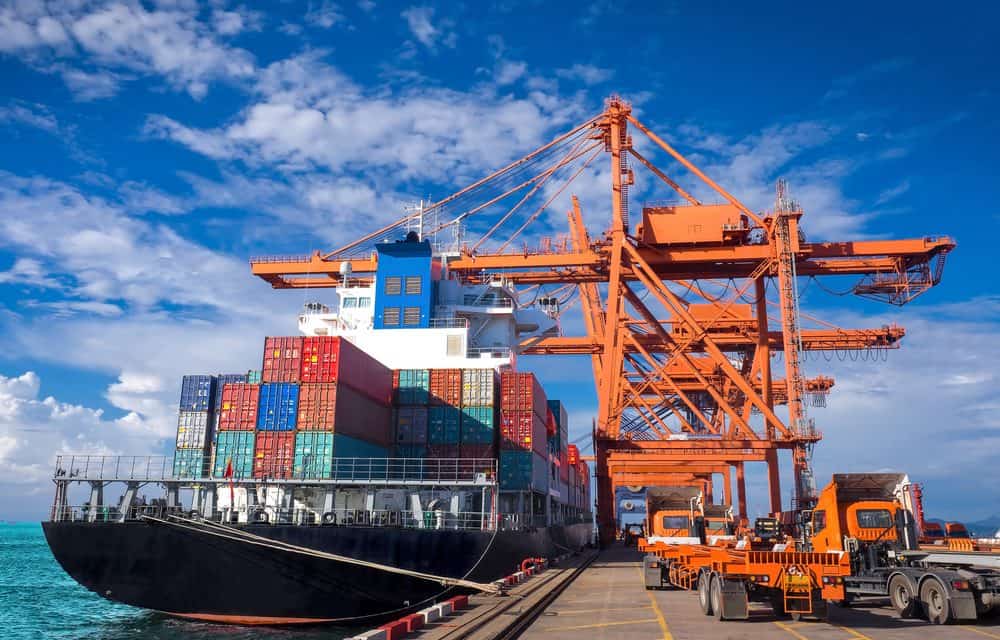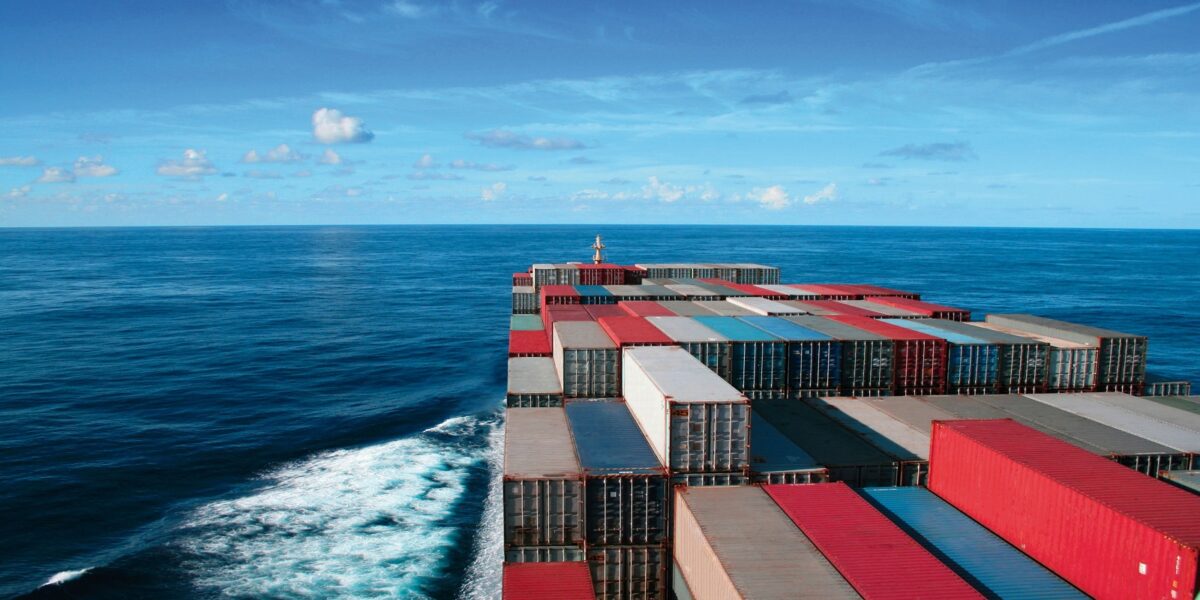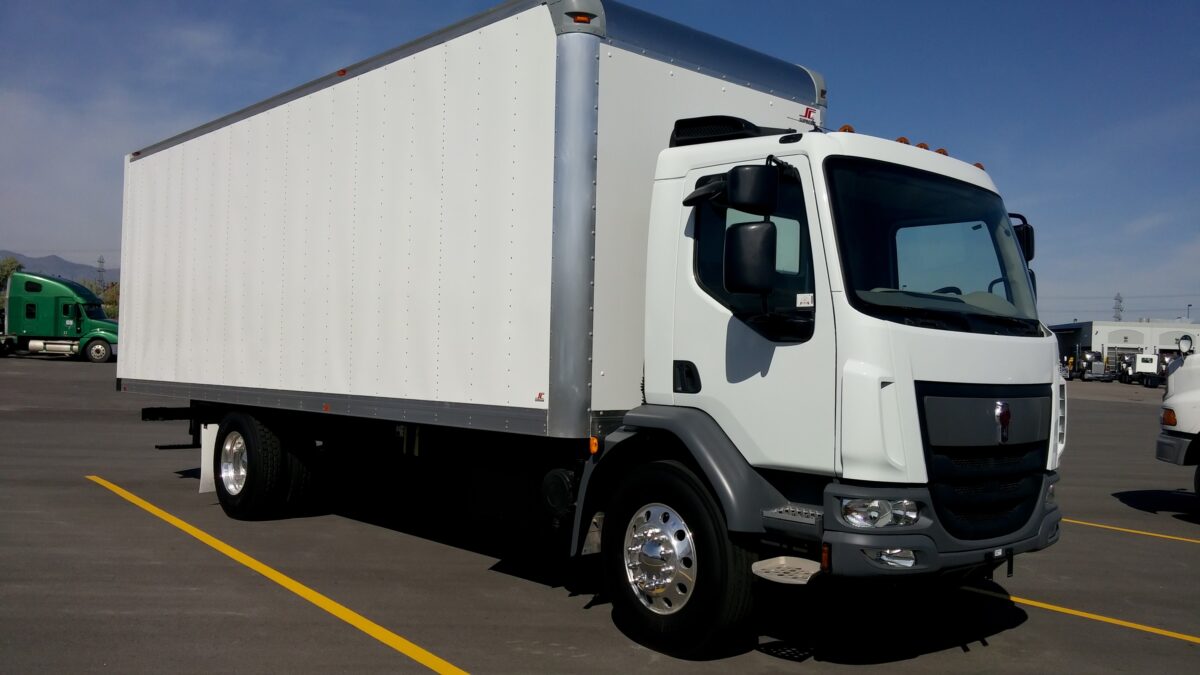The White House and bipartisan lawmakers have agreed on a package that would provide funding for roads, bridges and other physical infrastructure.
The deal calls for roughly $1 trillion in infrastructure spending. More than half is “new” money, including some $40 billion in spending to fix bridges, $39 billion to mass transit, $55 billion for water infrastructure. The other $500 billion or so is for renewal of the Fixing America’s Surface Transportation Act (FAST Act) that expires Sept. 30.
Trucking interests and other business groups hailed the compromise as an example of Washington finally able to “get things done.”
Austen Jensen, senior vice president of government affairs at the Retail Industry Leaders Association (RILA), said the pandemic demonstrated to Americans how critically important retail supply chains are to ensuring families have access to the products they need when they need them.
“Our supply chains rely heavily on our nation’s infrastructure, which is why the bipartisan deal announced today is critically important,” Jensen said in a statement.
“Retailers urge policy makers to seize this opportunity to invest in the long-term viability and modernization of our ports, railways, and highways to reduce congestion and the likelihood of future supply chain disruptions,” he added. “Today’s announcement demonstrates that bipartisanship on significant issues is achievable, and retailers applaud the leaders who were instrumental in negotiating a path forward.”
Growth + Change = Opportunity!




